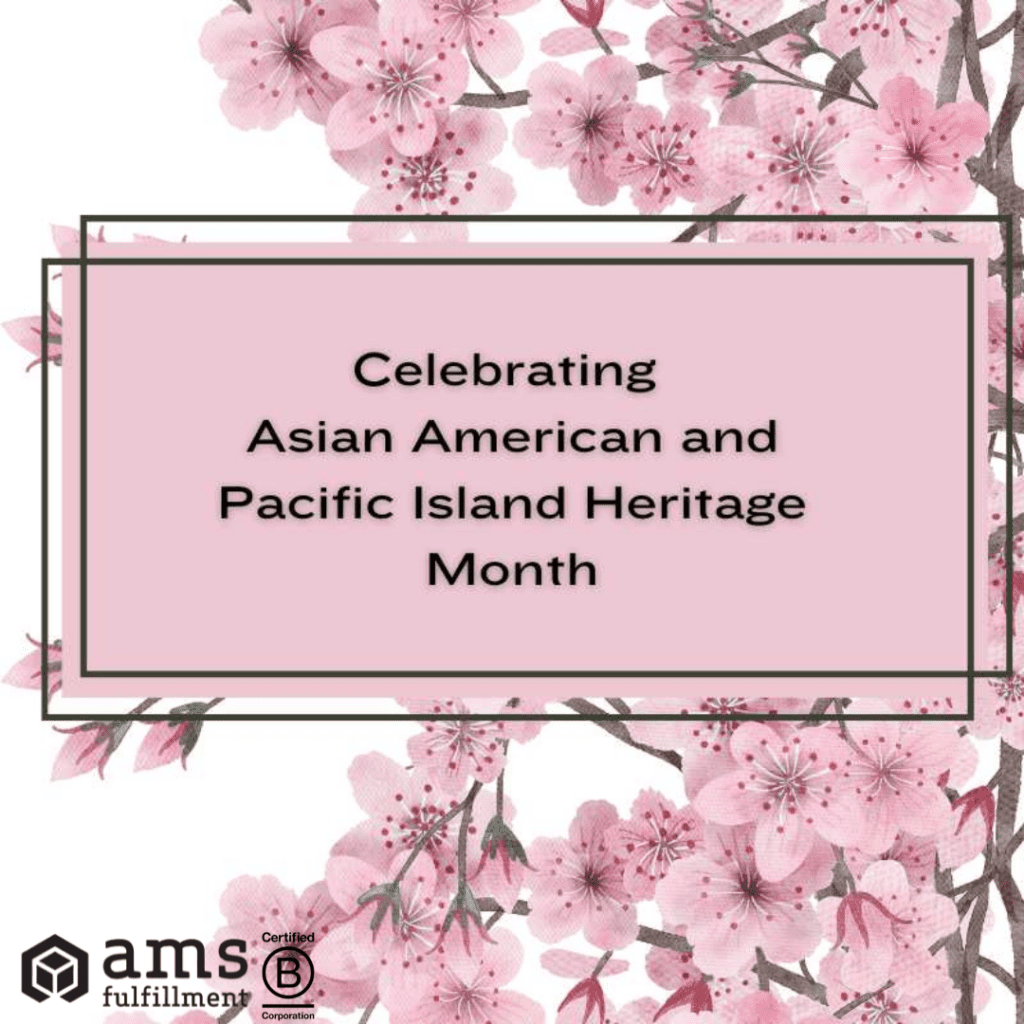

If we look at the history, the first Japanese immigrants arrived on May 7, 1843. Also, the month of May marks the completion of the transcontinental railroad on May 10, 1869. The majority of the workers who laid the tracks were Chinese immigrants. AAPI also includes Native Hawaiians and Pacific Islander immigrants.
We decided to look for the contributions of Asian and Pacific Islander Americans, and we found some info at the History website [LINK]. This website points to contributions in atomic science, farm workers rights, civil rights, ethnic minority psychology, the USB, the development of YouTube, a functional cure for HIV-positive infants and rights for assault survivors. That’s quite an impressive list! We will cover atomic science, farm workers rights, civil rights, the USB and YouTube in this writing, and refer readers to the article for more.
AAPI Immigration
Let’s begin with a quote from the article outlining the early immigration circumstances. “Though the Gold Rush triggered the first major wave of Asian immigrants to the United States in the 1840s, their presence in America predates the country itself. For example, in 1763, facing a life of forced labor and imprisonment during the Spanish galleon trade, a group of Filipinos jumped ship near New Orleans and established the settlement of Saint Malo, forming one of the first documented Asian American communities in North America.”
Atomic Science
The development of Atomic Science points to a Chinese-born physicist named Chien-Shiung Wu, Ph.D. She was instrumental in the research into atomic weapons during World War II. Specifically, she improved existing technology for the detection of radiation and the enrichment of uranium in large quantities. Two other male physicists who worked with her received the Nobel Prize while she was not included. Quoting from the article:
“An early advocate for women in STEM, Wu spoke at a symposium at the Massachusetts Institute of Technology in 1964, famously telling the audience, ‘I wonder whether the tiny atoms and nuclei, or the mathematical symbols, or the DNA molecules have any preference for either masculine or feminine treatment.’”
Farm Workers Rights
Farm Workers Rights points to an immigrant to the US named Larry Itliong. He immigrated to the United States in 1929 from the Philippines at the age of 15 and he worked as a laborer, up and down America’s West Coast. He became a labor organizer and eventually, a union leader, helping to form the Filipino Farm Labor Union in 1956. Quoting from the article:
“In 1965, Itliong and some of his union colleagues organized the Delano Grape Strike: a walkout of 1,500 Filipino grape-pickers demanding higher wages and improved working conditions. As the movement gained momentum, Delores Huerta and Cesar Chavez from National Farm Workers Association joined Itliong and the Filipino Farm Labor Union. Eventually, the two groups combined to form the United Farm Workers, and the strike ended in 1970—but not before making major strides for agricultural workers, regardless of ethnicity.”
Civil Rights
In the arena of Civil Rights we find a Japanese American woman named Yuri Kochiyama. Her civil rights work extended to the causes impacting Black, Latinx, and Indigenous Peoples, as well as Asian American communities. She spent two years in internment camps during WWII, and her experience led to her advocacy of civil rights. Quoting from the article:
“Kochiyama befriended and collaborated with Malcolm X in the 1960s, and continued to work with Black civil rights activists following his death. Then in the 1980s, she, along with her husband, campaigned for reparations and a formal government apology for Japanese Americans interned during World War II. Their work became a reality in 1988, when President Ronald Reagan signed the Civil Liberties Act into law.”
The USB
The acronym USB stands for Universal Serial Bus. The developer of this device is an Indian American computer architect named Ajay Bhatt. He had a hand in developing a number of technologies, but the one he’s best known for is the USB. The beginning of USB technology was in the late 1990s. It became very popular as a convenient way to transfer data from one device to another. Ajay Bhatt became something of a celebrity. Quoting from the article:
“’I was totally surprised by how it has impacted everybody,’ Bhatt told CNN in a 2013 interview. ‘I mean, my name became a common name—at least at schools and in technical communities. I truly get a rock star treatment and that is quite unusual to me—people asking for your signature, people asking for your picture.’”
YouTube
The creator of YouTube is a Bangladeshi-German American named Jawed Karim. Along with Karim, the core team behind YouTube included Taiwanese American Steven Chen, as well as Pennsylvania native Chad Hurley. The year was 2004. We certainly have a lot to thank them for! What would we do without YouTube!! Quoting from the article:
“What started out as a way of watching and sharing funny cat videos grew into a much broader platform that captures the attention of billions of people every day.”
We encourage readers to visit the linked website for information about the AAPI individuals who made significant contributions to ethnic minority psychology, a functional cure for HIV-Positive infants and rights for assault survivors. [LINK]
** ** **
AMS Fulfillment is a Certified B Corporation, dedicated to putting People and Planet before profit. We work to B the Change we wish to see in the world.




